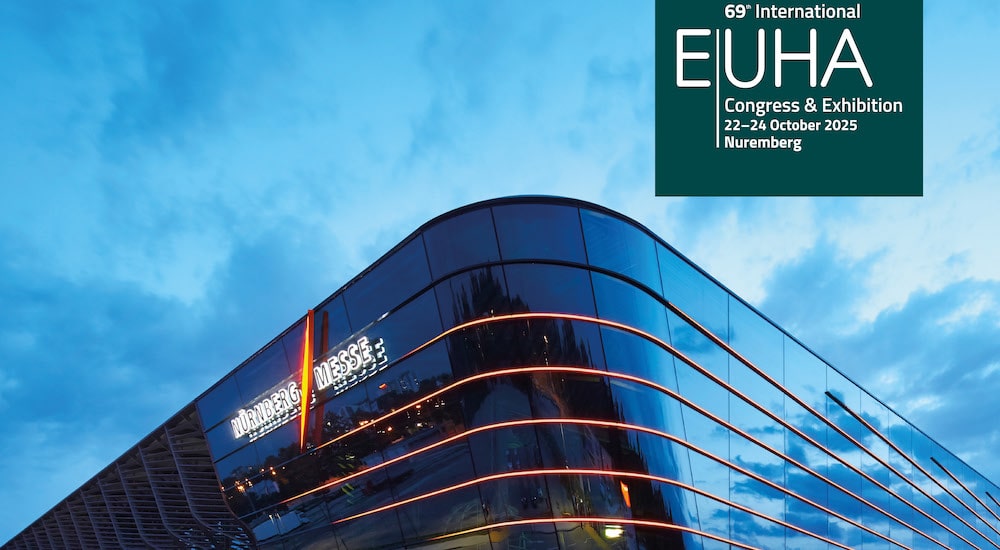Mutation analysis test for newborn screening successfully trialed across several EU countries
screening
An early diagnosis system using gene mutation analysis has been successfully tested by the University Clinic of Navarra (UNAV) in Spain, as well as several laboratories and hospitals in Spain, Portugal and France.

A mutation analysis system might provide faster diagnosis in the 60-70% of newborn hearing loss cases that have genetic origin, saving time for specialists and avoiding stress for parents. Those researching the method aim to make it agile enough to provide diagnostic screening for babies in their first month after birth.
The project was revealed in a recent online course offered by the Pan-American Association of Otorhinolaryngology. UNAV specialist Dr. Manuel Manrique underlined that an early hearing loss detection programme must meet a series of objectives in order to avoid delays in children’s language development. It must first achieve a capture rate of over 95% with fewer than three percent of false positives and zero false negatives. Also, the number of screened babies referred for diagnosis for hearing loss must be less than four percent, which would reduce the number of babies unncessarily sent for diagnosis.
The two most widely employed traditional screening methods have been otoacoustic emissions (OAE) and evoked potentials, although several centres have applied for funding from the European territorial cooperation project, Interreg Sudoe, for a genetics-based screening project.
Cut diagnosis times
A genetics-based screening test is desirable, says Manrique, because 60 to 70% of cases have their origins in this factor, while it would also be a boon to be able to cut diagnosis times newborn hypoacusis tests. Currently, the process begins with the screening (in the fist month of life), with diagnosis following at between one and six months, and treatment applied from six months of age. Thus, the ambitious aim of achieving diagnosis in the first month would revolutionise paediatric audiology.
˝With prediction of the genetic mutation we could streamline the entire process and allow diagnosis to take place in the first month of life, and this would also reduce the stress caused to the families of those children through prolonged uncertainty,˝ affirmed the UNAV ENT specialist.
Among those also taking part in the project were a firm from Asturias, Dreamgenics, the Instituto de Investigación Sanitaria Biodonostia (Basque country), Portuguese hospitals Cuf Porto and Centro Hospitalar from Lisbon, Spanish Confederation of Families of the Hearing Disabled (FIAPAS) and French hospitals in Toulouse and CHU of Montpellier.
Source:


